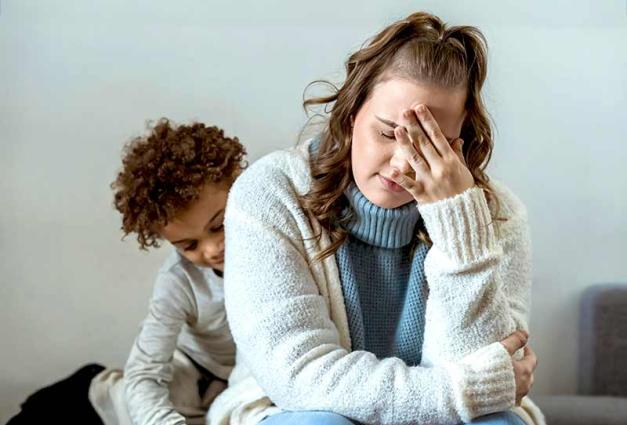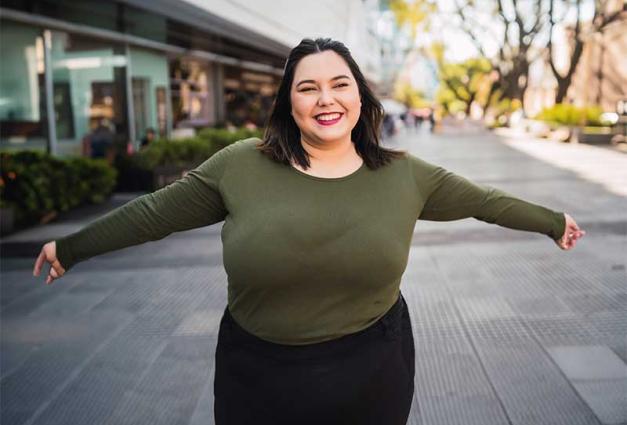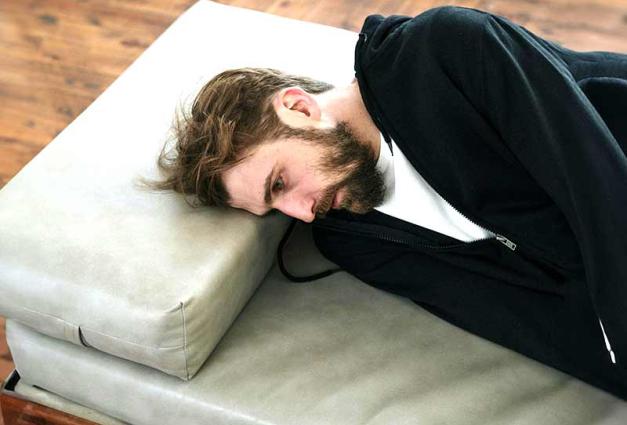Compared to higher-income women, women in poverty are more likely to experience domestic abuse and sexual harassment, and they are more severely affected by this violence—psychologically, physically, and financially. Yet, women in poverty are also more likely to encounter neglect and dismissal when they reach out to others during or after harassment and abuse. They get less support from those around them, whether at work, in their community, or when seeking help from professionals such as medical providers and police.
In our recent research, we set out to better understand why people seem to be less attentive to women in poverty when they are actually more in need of support when facing harassment and abuse.
Biased Beliefs About the "Toughening" Effects of Poverty
Research has shown that people sometimes believe individuals in poverty are less harmed by negative events than higher-income people. This belief echoes the well-known saying "what doesn't kill you makes you stronger"—people often think that going through difficult experiences, even the chronic adversity of poverty, "toughens" people. In essence, people in poverty are seen as having grown a metaphorical "thick skin" after hardship—leading researchers to label this belief "the thick skin bias."
We wondered if the biased belief that lower-income people are less harmed by negative events might apply to perceptions of gender-based violence, causing people to think that such violence is less distressing for lower-income women. To test this, participants from the U.S. read about either a low-income woman or a high-income woman. The low-income woman was described as coming from a family who often struggled "to have enough money for food, rent, or other basic things," while the high-income woman was described as having "not experienced any financial difficulties in her life."
We then asked participants to rate how distressing several instances of abuse and harassment would be for the woman they read about. For domestic abuse, we described instances of the woman's partner verbally abusing her, threatening her, or physically assaulting her. For sexual harassment, we described the woman's coworker making harassing sexual comments at work. Participants thought that both the abuse and the harassment would be less distressing for the low-income woman than the high-income woman. This bias emerged when participants judged White women and when they judged Black, East Asian, and Latina women.
Consequences of Biased Perceptions of Gender-based Violence
We then wanted to see whether this biased perception of violence as less distressing for lower-income women could explain the neglect of women in poverty. In one study, we asked participants how much a bystander needed to intervene to help a woman experiencing domestic abuse. Participants thought that lower levels of bystander intervention were necessary for a lower-income woman than for a higher-income woman, and this was predicted by perceptions that the abuse was less harmful for the lower-income woman.
In two other studies, we asked participants how much social support would be needed by a woman experiencing harassment and abuse. Participants thought less social support was necessary for a lower-income woman, and again this was predicted by perceptions that abuse and harassment were less harmful for the lower-income woman.
Together, our studies suggest that one reason why women in poverty who experience abuse and harassment are neglected more than higher-income women is that people mistakenly believe that they are less harmed by gender-based violence and are therefore less in need of bystander intervention and social support. And, concerningly, this belief doesn't have to come from negative feelings towards women in poverty—in fact, in our studies, participants rated lower-income women as warmer and friendlier than higher-income women. It's not that people aren't willing to help women in poverty. It's that people think helping is less necessary.
We suspect that biased beliefs about how harmed women in poverty are might explain some other patterns of neglect as well. For instance, low-income women have shared their experiences of feeling ignored by the Me Too movement, and one of the reasons for this neglect may be that sexual violence seemed like less of an urgent, harmful problem for "thicker-skinned" women in poverty. This bias might even have shaped U.S. law, where legal precedent requires a higher, more severe level of behavior in lower-wage workplaces to legally qualify as workplace harassment under Title VII of federal law because potentially harassing behaviors are believed to be less harmful in "blue collar" workplaces.
In sum, biased beliefs about "thick skin" may cause women in poverty to be neglected and dismissed when they experience abuse and harassment. And biased perceptions may be especially likely to cause neglect of women in poverty who hold additional marginalized identities. Society may need to find strategies to counteract this bias to ensure that all survivors of violence receive the support they need and the justice they deserve.
For Further Reading
Cheek, N. N., Bandt-Law, B., & Sinclair, S. (2023). People believe sexual harassment and domestic violence are less harmful for women in poverty. Journal of Experimental Social Psychology, 107. https://doi.org/10.1016/j.jesp.2023.104472
Conner, D. H. (2013). Financial freedom: Women, money, and domestic abuse. William & Mary Journal of Women and the Law, 20, 339-397. https://scholarship.law.wm.edu/wmjowl/vol20/iss2/4
Fitzgerald, L. (2020). Unseen: The sexual harassment of low-income women in America. Equality, Diversity, and Inclusion, 39, 5–16. https://doi.org/10.1108/EDI-08-2019-0232
Nathan N. Cheek is Assistant Professor of Psychological Sciences at Purdue University and studies decision-making, prejudice, and inequality.
Bryn Bandt-Law is a postdoctoral fellow at Stanford University and conducts research on intergroup perceptions and gender-based violence.
Stacey Sinclair is Professor of Psychology and Public Affairs at Princeton University and studies prejudice, implicit bias, diversity, and inequality.




